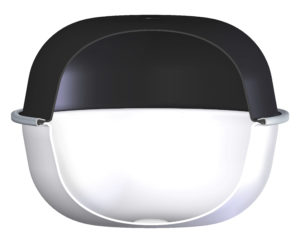What it Does
The primary function of a pressure tank is to work in conjunction with the pressure switch to control and protect your well pump. There are various designs of well tanks, but the basic principle is quite simple: there is pressurized air on the top of the tank and a reservoir of water on the bottom. As the water pump fills the reservoir with water, it compresses the air on the top. When the pressure gets to around 50psi, a switch turns the pump off. Then, as the water is used, the compressed air pushes the water out of the tank. When the pressure drops to around 30psi, the pump switches back on and the cycle repeats itself.
Flexcon CAD-2 Diaphragm
Flexcon has been delivering exceptional performance under pressure for 35 years. The Flexcon well tank features a patented Controlled Action Diaphragm (CAD2) system that completely contains the system water in a safe, NSF-approved chamber. It features a 100% butyl rubber diaphragm and a cross-linked polypropylene lower chamber. An industry-best sealing system with a patented clinch ring eliminates separation and prevents water from ever touching the internal walls of the tank. This greatly reduces external condensation while adding zero taste or odor. Each tank is finished with two coats of appliance quality paint to further minimize corrosion.

Proper Sizing
It's important that the well tank is sized to the capacity of the water pump.
A properly sized well tank should store at least one gallon of water for every gallon per minute of pump capacity. This allows for fewer pump starts and longer run times which, in turn, maximizes the life of the pump.
What a Heating Tank Does
